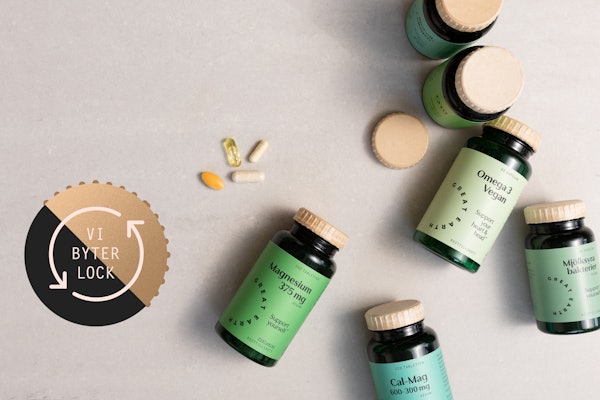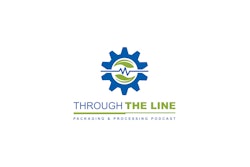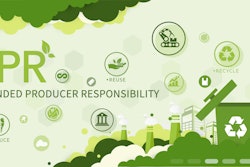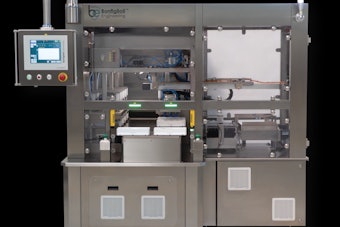President-elect Barack Obama has a long list of things to decide, and among them is how to approach the Food and Drug Administration. In ordinary times, this might be a sleepy proposition, but right at this moment, FDA is a hot topic, and more controversial than usual.
The agency, which regulates products representing about 25 cents out of every consumer dollar spent, has been embroiled lately in controversies about the way it reviews and clears new drugs-sometimes too slowly, sometimes too quickly in light of safety concerns-and about how effective it is at keeping the food and drug supply safe.
Any new President is expected to replace heads of departments and agencies, especially if the new chief executive wants to break from the past, so it will be important to watch who Obama places in jobs such as FDA Commissioner and Secretary of Health and Human Services.
Some observers have already started speculating about how FDA will change under the new president, and it's commonly thought a new era of FDA activity and aggressive enforcement is in store. Look for more FDA funding as well, aimed at enhancing product safety in particular.
Preemption and drugs
But the new president and the agency are not the only source of potential changes for these industries. Recently, the U.S. Supreme Court heard arguments in a case involving an issue that has the potential to change the legal landscape for industry and consumers-the issue of preemption. Preemption would provide protection for industry against civil lawsuits brought by injured consumers by declaring companies immune from liability if their product has been FDA-approved.
Consumers who are injured or killed by FDA-regulated products have long been able to bring lawsuits for negligence and product liability against makers of the products, and it's state law that gives them that ability. In recent years, product makers have begun to argue in court that they shouldn't have to face such lawsuits because the product has been fully vetted by FDA, and the agency had declared the product "safe and effective" just as it is, taking into account how it's made, used, and labeled. (FDA recently broke with years of tradition and joined the industry argument.)
Well, the argument in favor of preemption prevailed last spring when the Supreme Court held that makers of medical devices that have gone through full-blown FDA clearance, and are made and labeled in accordance with FDA's clearance, are not subject to state tort actions. The federal law, they ruled, "preempted" or overrode, any further state law requirements for those devices. They relied on a clause in the Federal Food, Drug and Cosmetic Act that explicitly said states couldn't impose different or additional state requirements on medical devices.
So now a more recent case was argued, this one involving a similar issue about a drug product. The Act does not contain an explicit clause saying states cannot impose different or additional requirements on drugs, but drug makers argue in essence that the FDA regulatory scheme is so thorough it doesn't have room for states to get into the act as well.
Meanwhile, the Supreme Court might not have the final word on this issue: Congressional leaders have already said they will change the law to undo the Supreme Court decision and allow consumers of medical devices to bring civil actions. If the Court finds preemption as to drugs, Congress might undo that one as well.
Read more about regulatory at www.healthcarepackaging.com/go/15
- Eric Greenberg, Attorney-at-Law
www.ericgreenbergpc.com
The agency, which regulates products representing about 25 cents out of every consumer dollar spent, has been embroiled lately in controversies about the way it reviews and clears new drugs-sometimes too slowly, sometimes too quickly in light of safety concerns-and about how effective it is at keeping the food and drug supply safe.
Any new President is expected to replace heads of departments and agencies, especially if the new chief executive wants to break from the past, so it will be important to watch who Obama places in jobs such as FDA Commissioner and Secretary of Health and Human Services.
Some observers have already started speculating about how FDA will change under the new president, and it's commonly thought a new era of FDA activity and aggressive enforcement is in store. Look for more FDA funding as well, aimed at enhancing product safety in particular.
Preemption and drugs
But the new president and the agency are not the only source of potential changes for these industries. Recently, the U.S. Supreme Court heard arguments in a case involving an issue that has the potential to change the legal landscape for industry and consumers-the issue of preemption. Preemption would provide protection for industry against civil lawsuits brought by injured consumers by declaring companies immune from liability if their product has been FDA-approved.
Consumers who are injured or killed by FDA-regulated products have long been able to bring lawsuits for negligence and product liability against makers of the products, and it's state law that gives them that ability. In recent years, product makers have begun to argue in court that they shouldn't have to face such lawsuits because the product has been fully vetted by FDA, and the agency had declared the product "safe and effective" just as it is, taking into account how it's made, used, and labeled. (FDA recently broke with years of tradition and joined the industry argument.)
Well, the argument in favor of preemption prevailed last spring when the Supreme Court held that makers of medical devices that have gone through full-blown FDA clearance, and are made and labeled in accordance with FDA's clearance, are not subject to state tort actions. The federal law, they ruled, "preempted" or overrode, any further state law requirements for those devices. They relied on a clause in the Federal Food, Drug and Cosmetic Act that explicitly said states couldn't impose different or additional state requirements on medical devices.
So now a more recent case was argued, this one involving a similar issue about a drug product. The Act does not contain an explicit clause saying states cannot impose different or additional requirements on drugs, but drug makers argue in essence that the FDA regulatory scheme is so thorough it doesn't have room for states to get into the act as well.
Meanwhile, the Supreme Court might not have the final word on this issue: Congressional leaders have already said they will change the law to undo the Supreme Court decision and allow consumers of medical devices to bring civil actions. If the Court finds preemption as to drugs, Congress might undo that one as well.
Read more about regulatory at www.healthcarepackaging.com/go/15
- Eric Greenberg, Attorney-at-Law
www.ericgreenbergpc.com


















